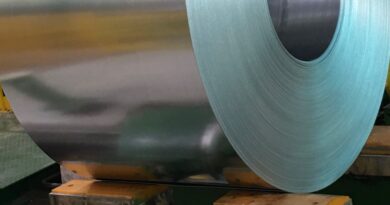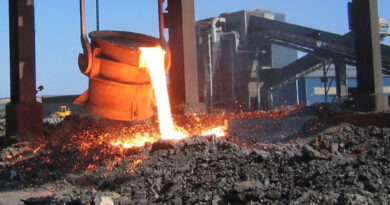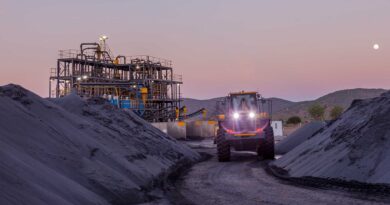Iron-ore on track for a record monthly loss
Prices for iron-ore touched record highs this year, but look to suffer their biggest monthly loss ever as China’s curbs on carbon emissions include limits on the output of steel, hurting demand for the raw material used to produce it.
China is trying to restructure its economy and reshape it to deleverage and to reduce the rate of growth in its carbon emissions, lowering demand for iron ore. China produces nearly a third of global carbon emissions and its steel sector produces about 15 percent of those emissions.
A near-perfect storm has forced the price down more than 30 percent from its May peak amid a confluence of China-centric developments. The price, which started the year just below $US160 a tonne, peaked at just over $US230 a tonne against the backdrop of a boom in China’s steel production.
At $148.99 per metric ton on Aug. 17, the CME August futures contract for 62% iron-ore fines delivered to China traded around 30% lower month to date, on track for the largest monthly decline based on data going back to 2010, according to Dow Jones Market Data. Futures prices have dropped 32% from the July 16 record of $219.77 per metric ton.
The price plunge was mainly caused by the stricter Chinese steel production cuts in the second half of the year, and steel demand weakened on the back of hot weather and rainfall in China, as well as the rise in Covid-19 cases, says Niki Wang, managing editor, pricing, iron ore and steel, at S&P Global Platts.
At $160.85 per dry metric ton on Aug. 13, the benchmark S&P Global Platts IODEX, the spot price of 62% iron- fines delivered to China, was down 12% this month.
Great demand kept iron-ore prices from plummeting, but they may have passed their peak and may continue to ease in the second half of this year as Chinese steel production falls compared with 2020.




